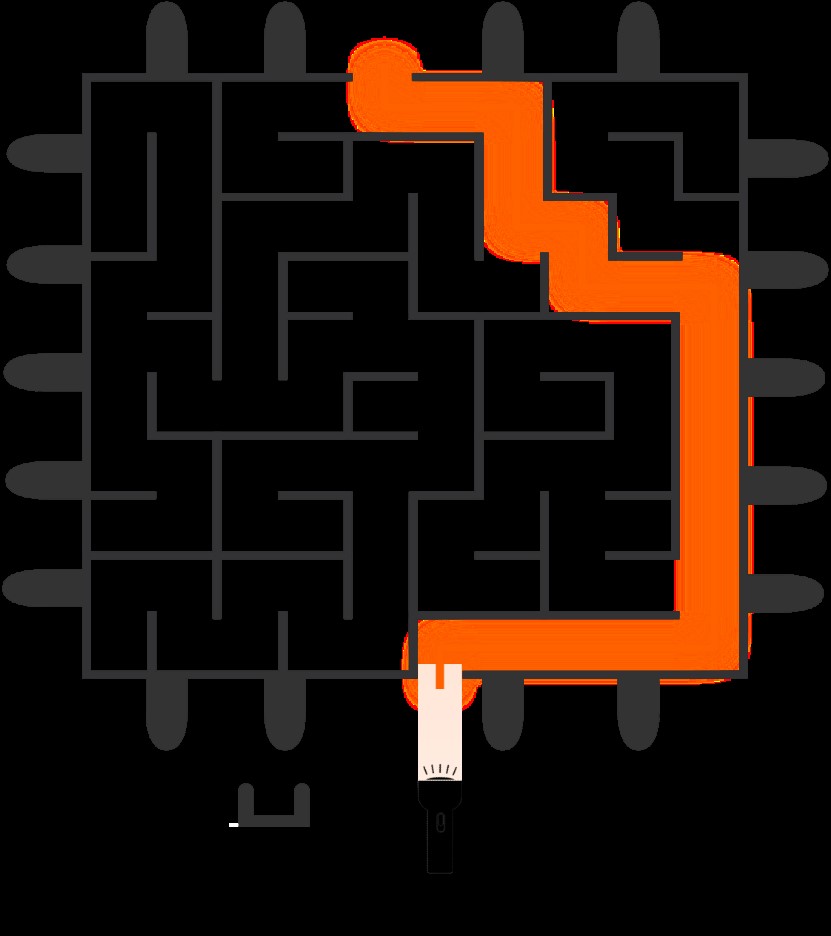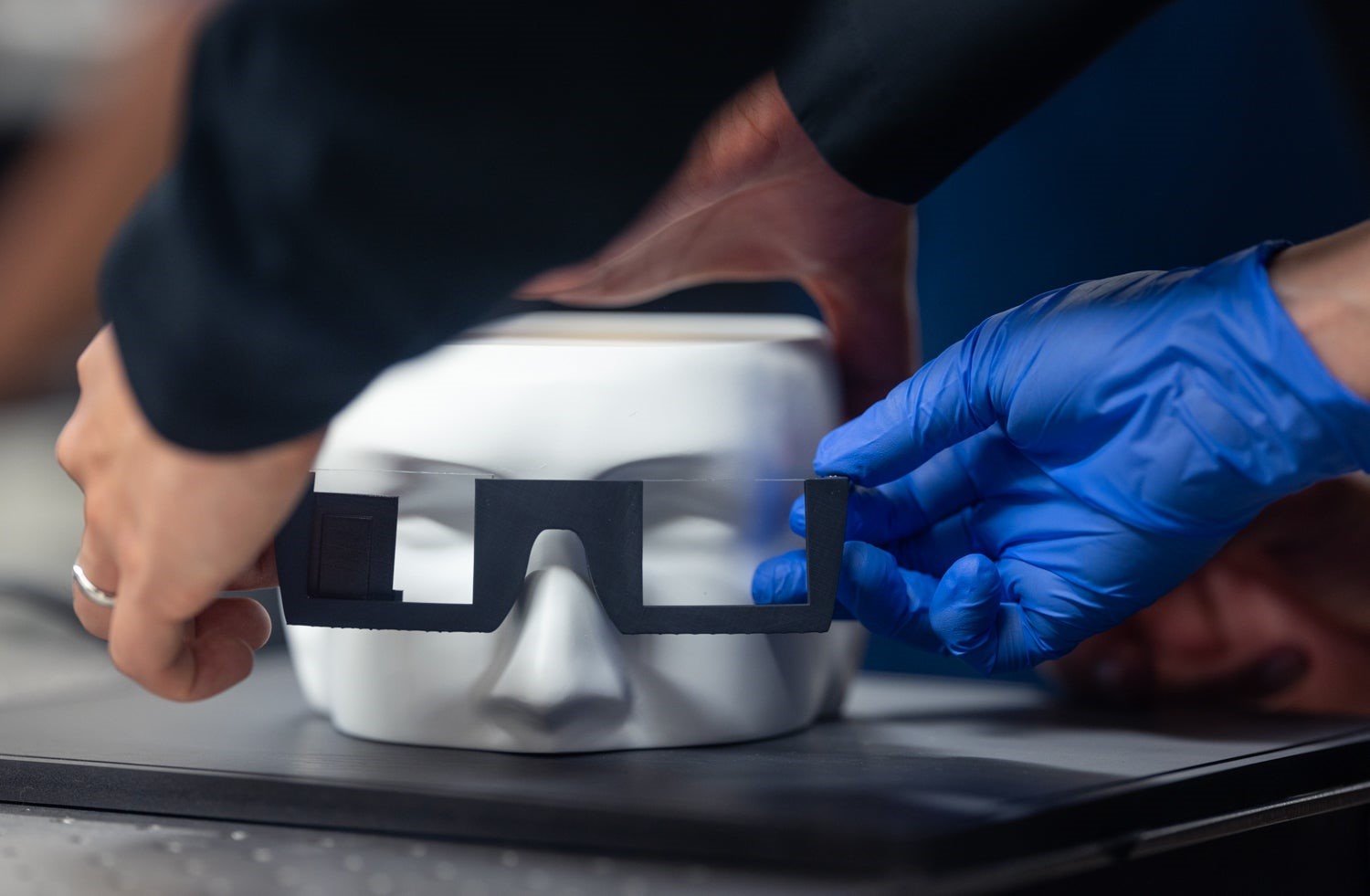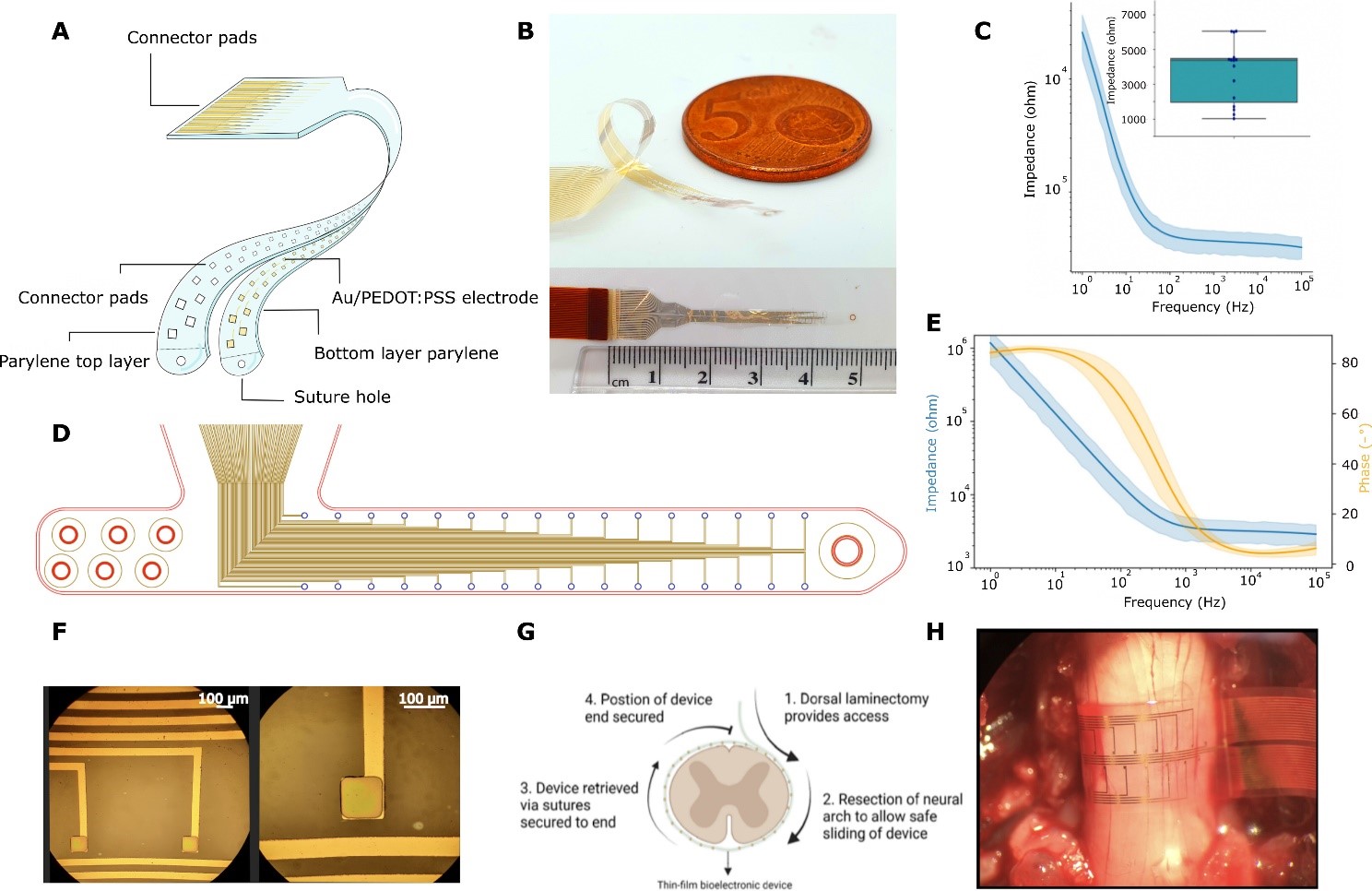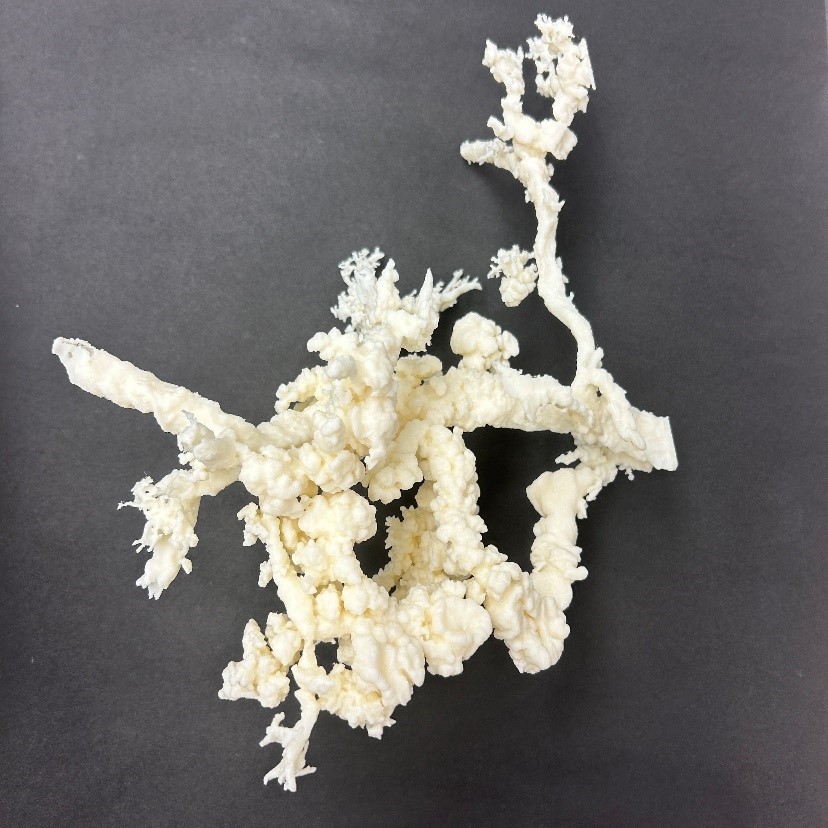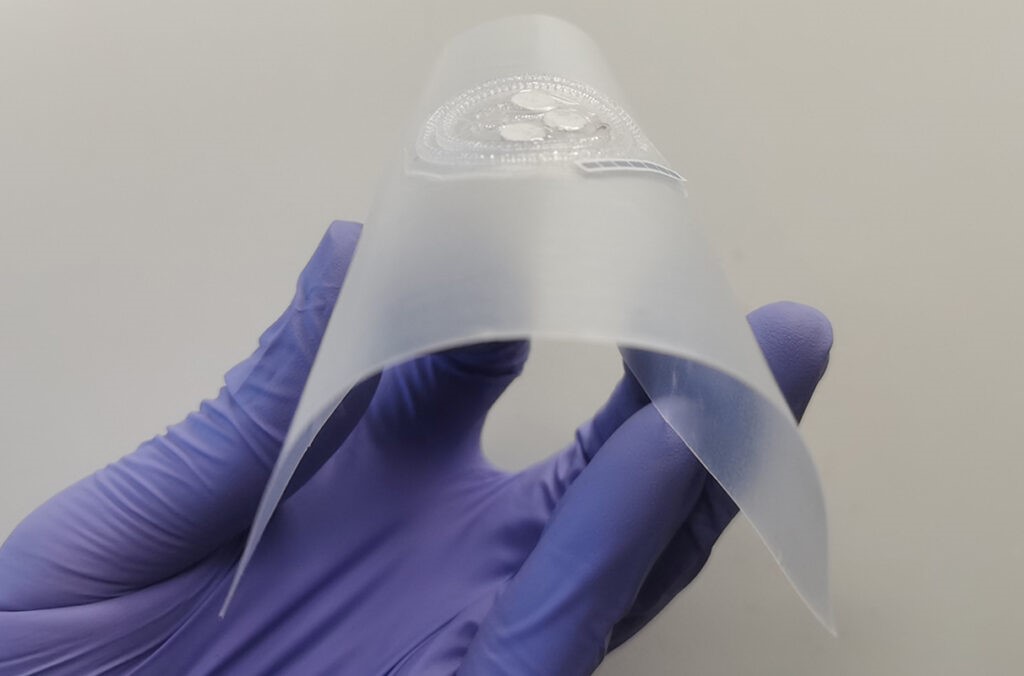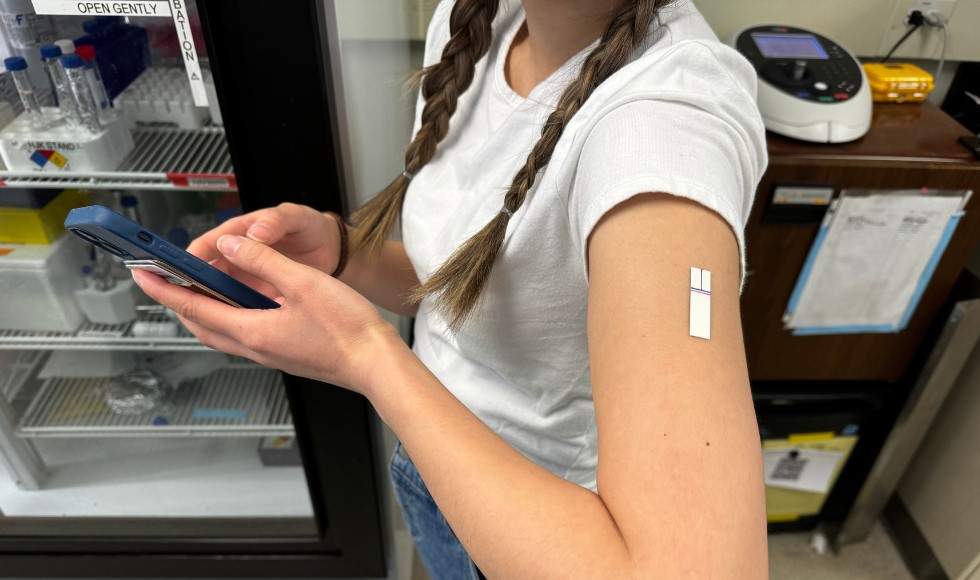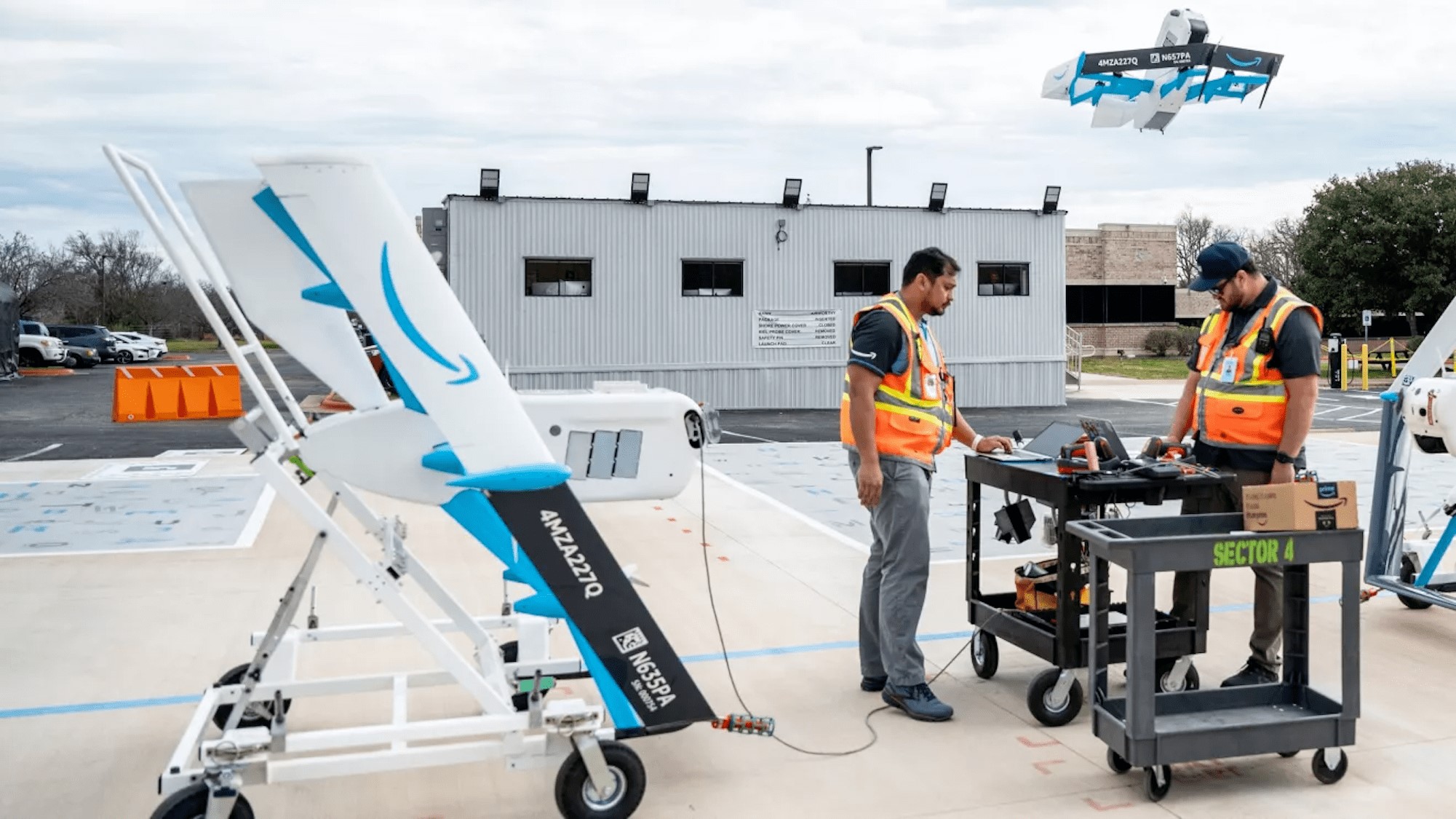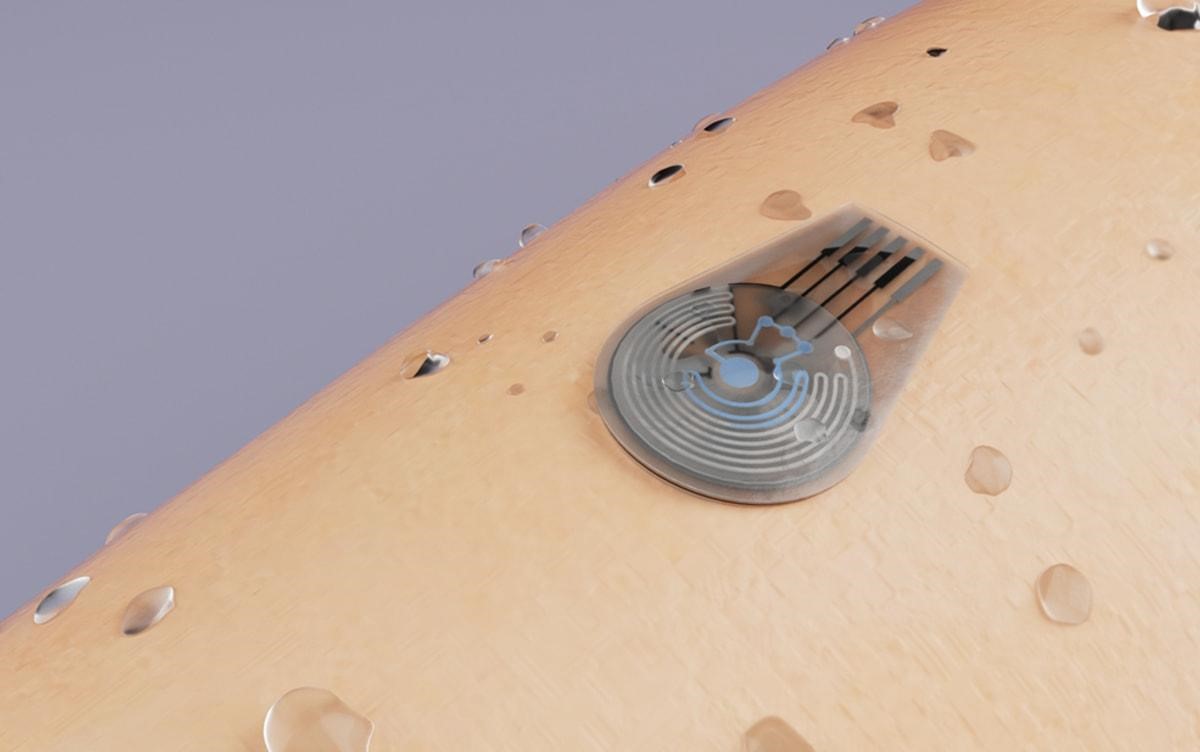Wireless Glaucoma Detection: The Future Potential of 'Smart' Contact Lenses
Early-stage glaucoma often goes undetected, despite the crucial importance of early treatment in preventing vision loss. Detecting subtle increases in eye pressure, a key indicator of glaucoma, poses challenges, especially considering the fluctuating temperatures our eyes encounter. However, researchers at ACS Applied Materials & Interfaces have unveiled a promising solution: a prototype "smart" contact lens capable of accurately measuring eye pressure, regardless of temperature variations.
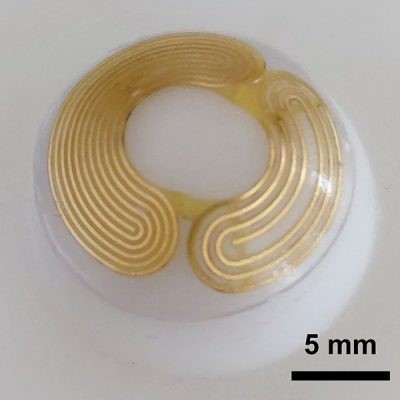
Figure 1. “Smart” Contact Lens. (Credit: ACS Applied Materials & Interfaces 2024)
Figure 1 shows the “smart” contact lens. In the United States alone, approximately three million individuals suffer from glaucoma, a group of diseases that progressively damage the optic nerve, leading to vision impairment. Traditionally, doctors rely on uncomfortable "air puff tests" during eye examinations to obtain one-time measurements of eye pressure. Even a slight elevation in pressure, caused by fluid accumulation around the cornea, can signal the presence of glaucoma. Recognizing the need for continuous and comfortable monitoring of these pressure fluctuations, researchers have explored various methods, including contact lenses that transmit signals to receiver glasses. However, these lenses' accuracy can be compromised by changes in temperature, such as transitioning from indoors to cold outdoor environments.
To address this issue, Dengbao Xiao and colleagues set out to develop a contact lens capable of accurately measuring and wirelessly transmitting real-time signals about eye pressure across a wide temperature range. Their approach involved designing two miniature spiral circuits, each with a distinct natural vibration pattern that would alter in response to minute changes in eye pressure and diameter. These circuits were then embedded within layers of polydimethylsiloxane, a common contact lens material. By wirelessly reading the embedded circuits' vibration patterns using a connected coil and computer, the researchers could obtain accurate pressure readings unaffected by factors such as eye movement, moisture exposure, or daily wear.
Laboratory tests conducted on pig eye specimens demonstrated the efficacy of the new lenses. Even under controlled ocular pressures and temperatures ranging from 50 to 122 degrees Fahrenheit, the lenses reliably monitored and wirelessly transmitted pressure data. When utilizing information from both circuits within the lens, pressure readings deviated by only 7% from true values, effectively mitigating temperature-related errors. This dual-circuit "smart" lens design shows promise for the early detection and monitoring of glaucoma, offering accurate measurements across diverse temperature conditions.
The researchers acknowledge support from the National Natural Science Foundation of China for their innovative work in advancing glaucoma detection technology.
Source: ACS
Cite this article:
Hana M (2024), Wireless Glaucoma Detection: The Future Potential of 'Smart' Contact Lenses, AnaTechMaz, pp. 259


